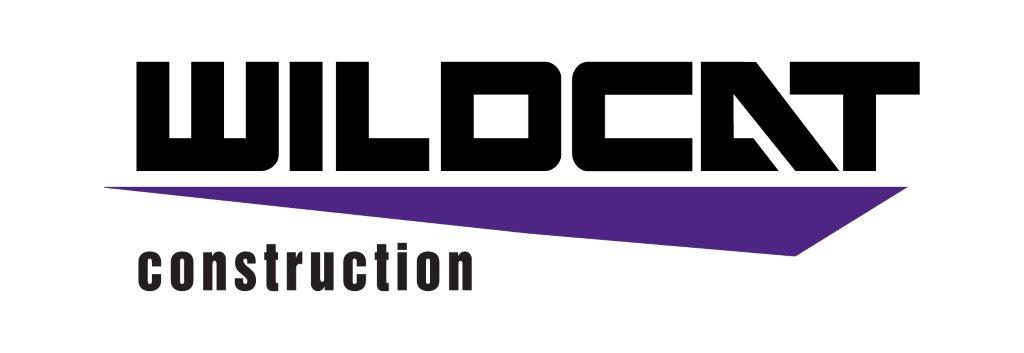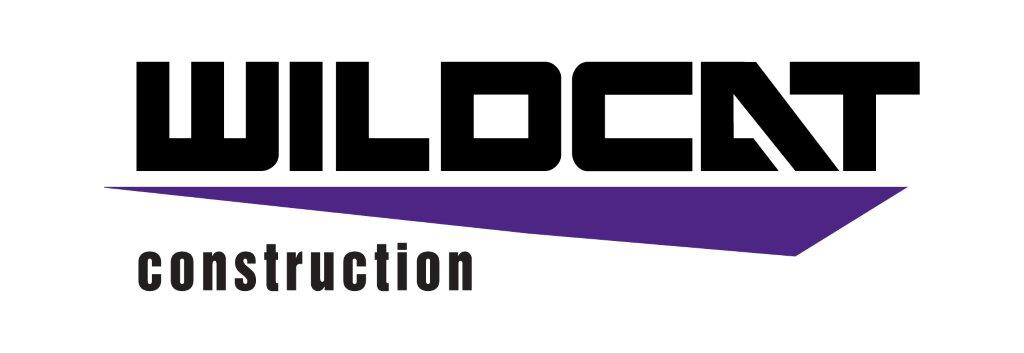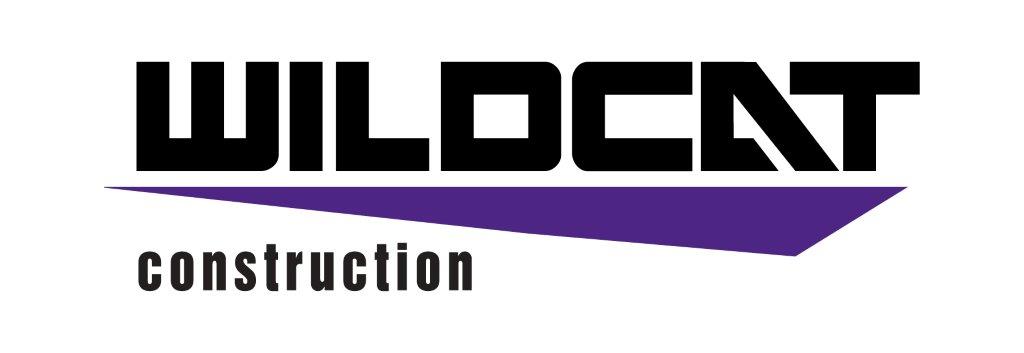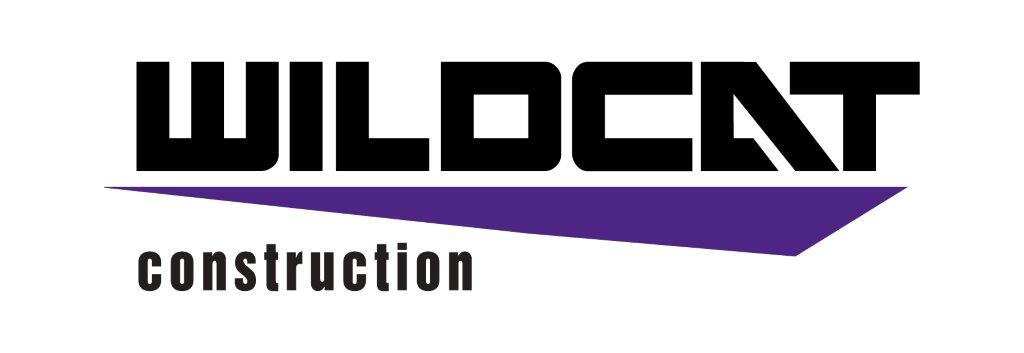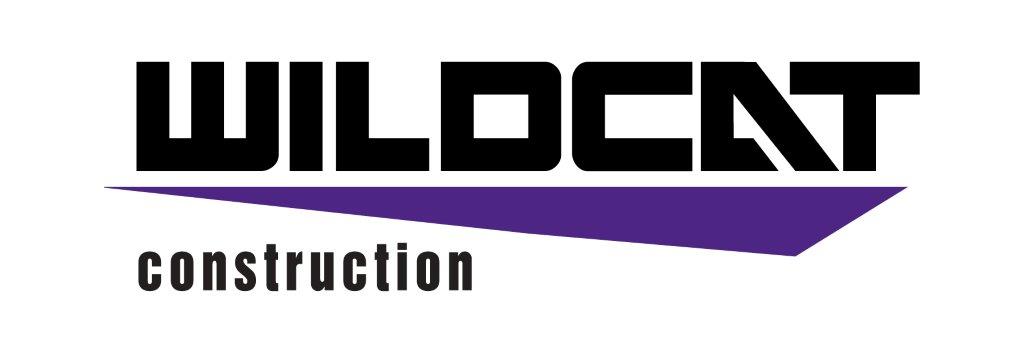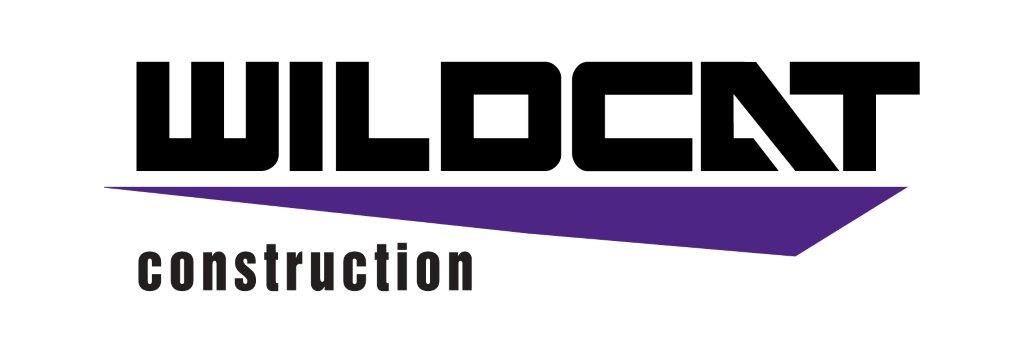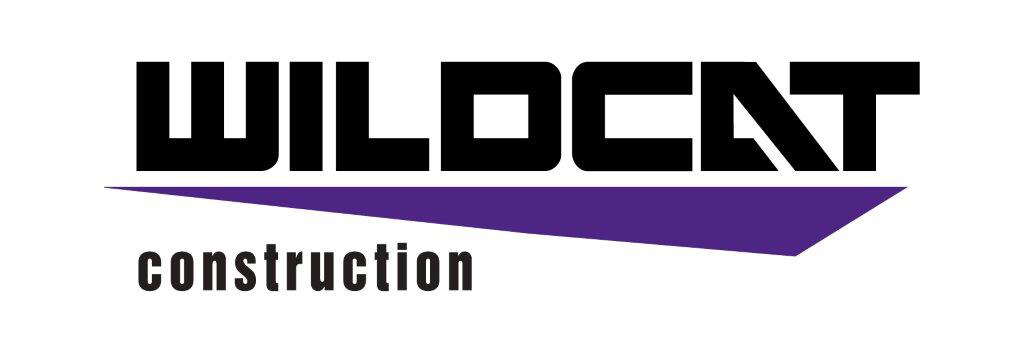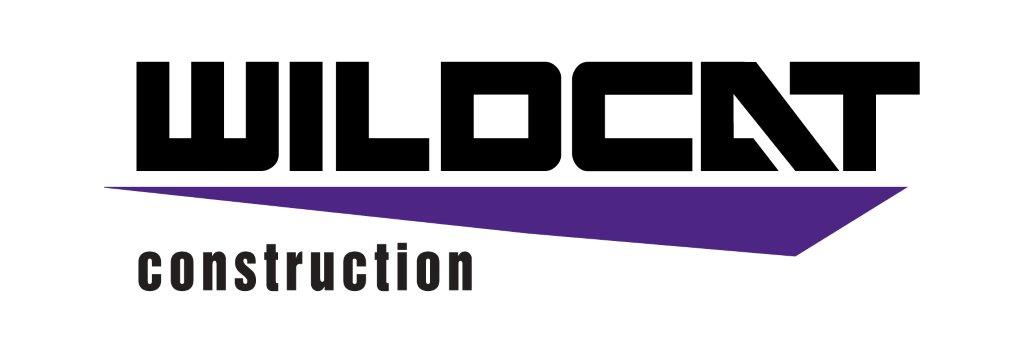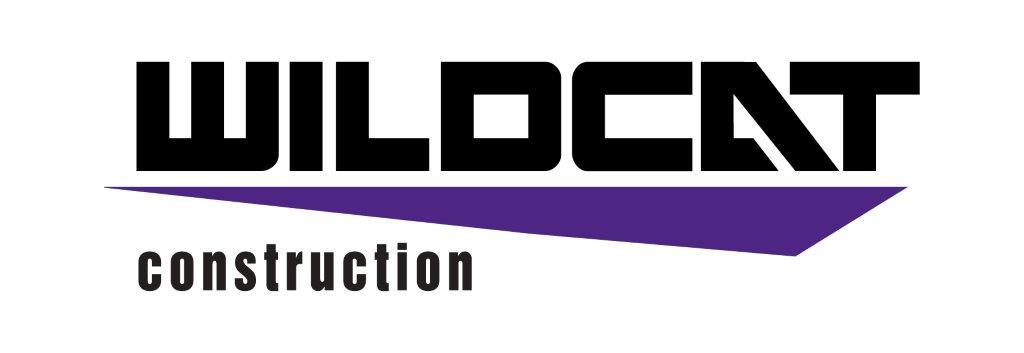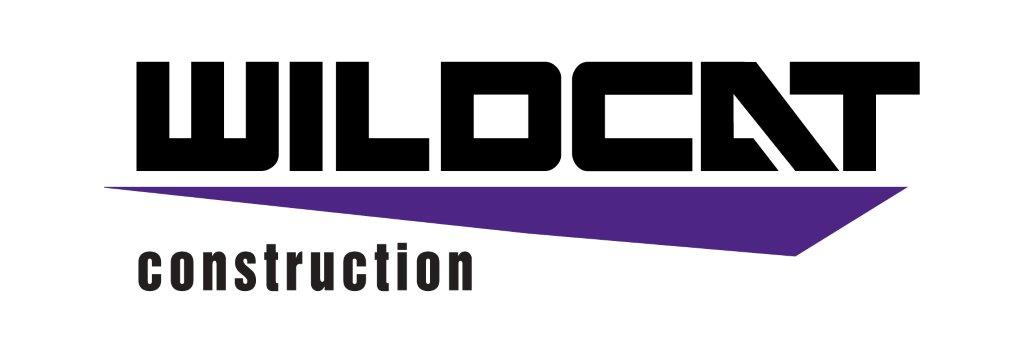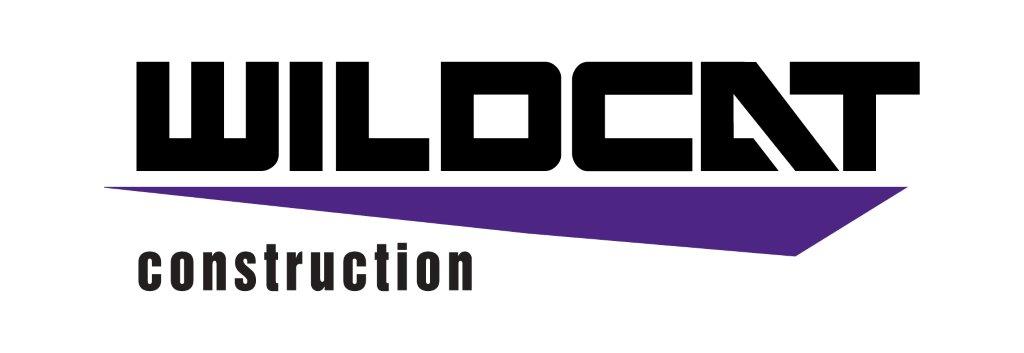Information
-
1. Project Name / Project Number:
-
2. Project Contractor:
-
3. SWMP Administrator (Qualified Stormwater Manager) / Erosion Control Inspector:
-
4. CDOT Project Engineer / CDOT Designee:
-
5. Other Attendee(s) (Name and Title):
-
6. CDOT Project Number:
-
7. Project Code (Sub Account #):
-
8. CDPS-SCP Certification #:
-
9. CDOT Region:
-
10. Date of Project Inspection:
-
11. Weather at time of inspection:
- Sunny
- Cloudy
- Rain
- Sleet
- Snowing
- High Winds
12. REASON FOR INSPECTION / EXCLUSION
-
Routine Inspection: (minimum every 14 days)
-
Runoff Event: (Post storm event inspections must be conducted within 24 hours after the end of any precipitation or snowmelt event that causes surface erosion. If no construction activities will occur following a storm event, post storm inspections shall be conducted prior to re-commencing construction activities, but no later than 72 hours following the storm event. The occurrence of any such delayed inspection must be documented in the inspection record.) Routine inspections still must be conducted every 14 calendar days.
-
Storm Start Date:
-
Approximate End Time of Storm (Hrs):
-
Third Part Request:
-
Winter Conditions Inspections Exclusion: Inspections are not required at sites where construction activities are temporarily halted, snow cover exists over the entire site for an extended period, and melting conditions posing a risk of surface erosion do not exist. This exception is applicable only during the period where melting conditions do not exist, and applies to the routine 14-day inspections, as well as the post storm event inspections. If visual inspection of the site verifies that all of these conditions are satisfied, document the conditions in Section 19 (General Notes) and proceed to Section 20 (Inspection Certification). Documentation must include: dates when snow cover occurred, date when construction activities ceased, and date when melting conditions began.
-
Other:
13. SWMP MANAGEMENT
-
Is the SWMP notebook located onsite?
-
Are changes to the SWMP documents noted and approved?
-
Are the inspection reports retained in the SWMP notebook?
-
Are corrective actions from the last inspection completed?
-
Is a Spill Response Plan updated in the SWMP notebook?
-
Is a list of potential pollutants updated in the SWMP notebook?
-
Reason for N/A:
14. CURRENT CONSTRUCTION ACTIVITIES
-
Describe current construction activities
-
Estimate of disturbed area at the time of the inspection, use guidance found in 208.04(e)
-
Has the SWMP Phased BMP Implementation Matrix been updated?
15. CONSTRUCTION SITE ASSESSMENT & CORRECTIVE ACTIONS
-
The construction site Boundary / Limits of Construction (LOC), all disturbed areas, material and/or waste storage areas that are exposed to precipitation, discharge locations, and locations where vehicles access the site shall be inspected for evidence of, or the potential for, pollutants leaving the LOC, entering the stormwater drainage system, or discharging to state waters. If there is evidence of sediment or other pollutants discharging from the site, see section 18 (Construction Site Assessment)
All erosion and sediment control practices identified in the SWMP shall be evaluated to ensure that they are maintained and operating correctly. Identify the condition of the BMP, using more than one letter if necessary: (I) Incorrect Installation; (M) Maintenance is needed; (F) BMP failed to operate; (A) Additional BMP is needed; (R) Remove BMP. Keep copies of this blank page for additional room if needed.
Continuous maintenance is required on all BMP's. BMP's that are not operating effectively, have proven to be inadequate, or have failed must be addressed as soon as possible, immedtaely in most cases.
Area Inspected
-
Location
-
Control Measure
- Silt Fence
- Environmental Logs (Elogs)
- Hay Bales
- Aggregate Bags
- Road Sweeping
- Inlet/Outlet Protection
- Vehicle Tracking Control (VTC)
- FOD Trackout Control Mat
- Surface Roughening
- Erosion Control Blankets
- Temporary Seeding
- Soil Binder
- Check Dams
- Compacted Earth Berm
- Spill Kits
- Temporary Seeding
- Temporary Slope Drains
- Sediment Pond
- Sediment Trap
- Solid Waste Management
-
Condition
- (I) Incorrect Installation
- (M) Maintenance
- (F) BMP failed
- (A) Additional BMP needed
- (R) Remove BMP
- (B) BMP Needed
- (I) Inadequate BMP
-
Description of Corrective Action and Preventative Measure Taken
-
Photos
-
Date Completed
16. CONSTRUCTION SITE ASSESSMENT
-
(a) Is there evidence of discharge of sediment or other pollutants from the site? If yes, explain the discharge and the corrective actions in section 17 (Construction Site Assessment & Corrective Actions) or section 19 (General Notes).
-
(b) Has sediment or other pollutants discharging from the site reached state waters? If yes, see subsection 208.03(c) and Part II A.2 and 3 of the permit for reporting requirements.
17. GENERAL NOTES
-
Notes:
18. INSPECTION CERTIFICATION
-
I certify under penalty of law that this document and all attachments were prepared under my direction or supervision in accordance with a system designed to assure that qualified personnel properly gather and evaluate the information submitted. Based on my inquiry of the person or persons who manage the system, or those persons directly responsible for gathering the information, the information submitted is, to the best of my knowledge and belief, true, accurate and complete. I am aware that there are significant penalties for submitting false information, including the possibility of fine and imprisonment for knowing violations.
-
Contractor's SWMP Administrator (Qualified Stormwater Manager)
-
Contractors Erosion Control Inspector (If Needed)
-
Contractors Superintendent / Approved Designed
-
CDOT Project Engineer/CDOT designee
19. COMPLIANCE CERTIFICATION
-
Corrective action(s) has been taken, or where a report does not identify any incidents requiring corrective action, the report shall contain a signed statement indicating the site is in compliance with the permit to the best of the signer's knowledge and belief.
-
Contractor's SWMP Administrator / ECI
-
CDOT Project Engineer/CDOT designee
